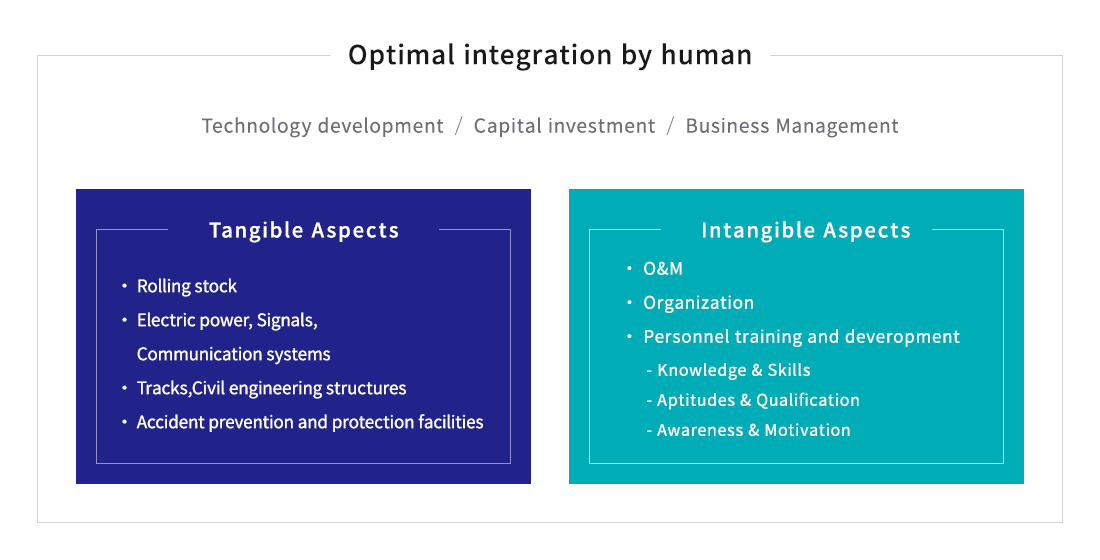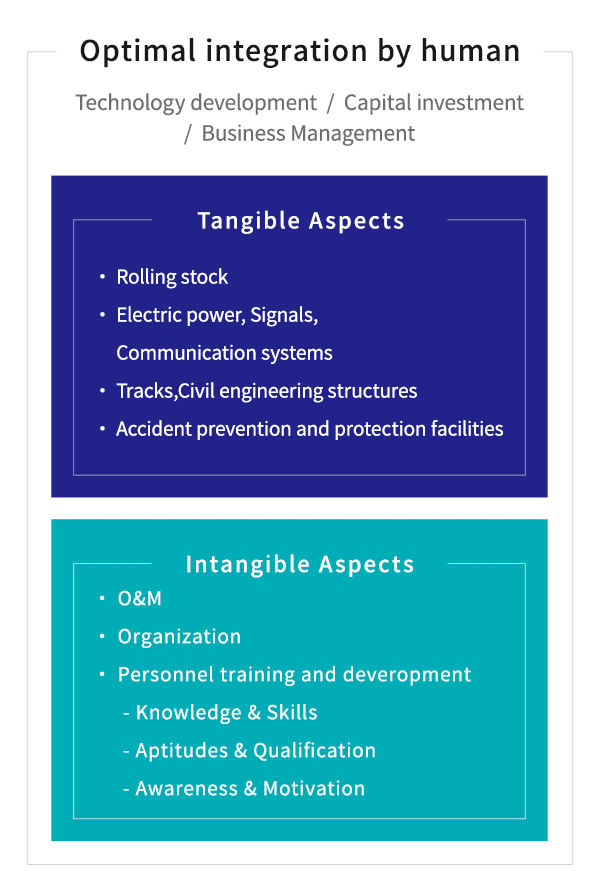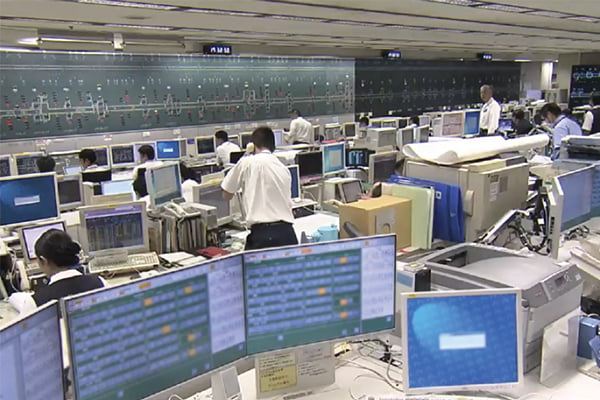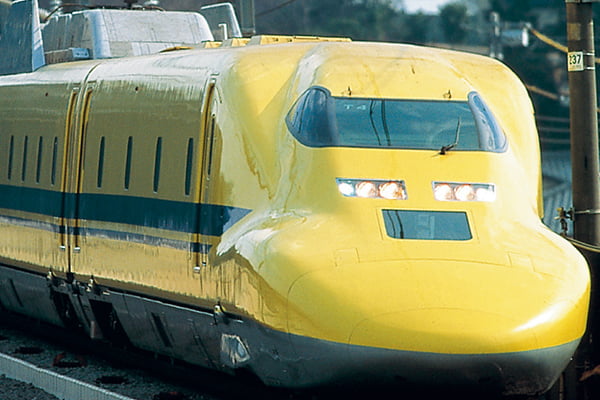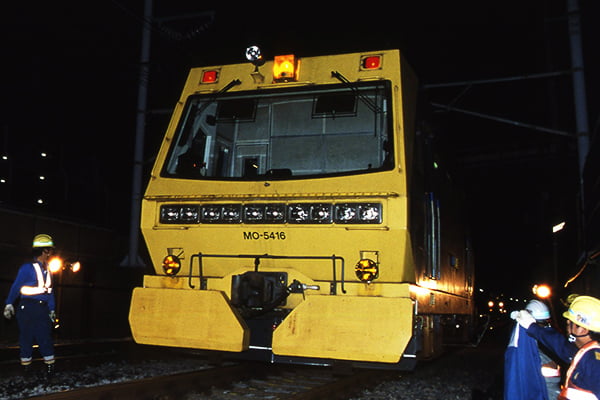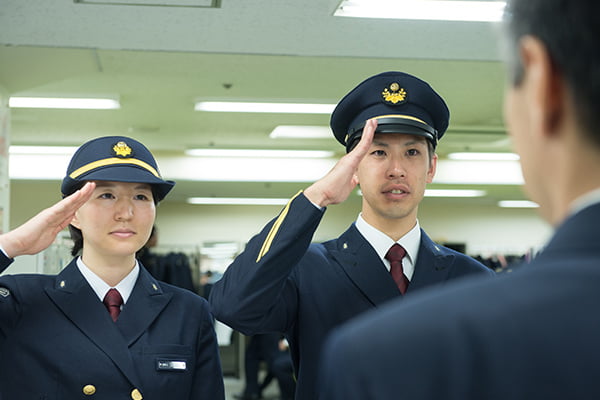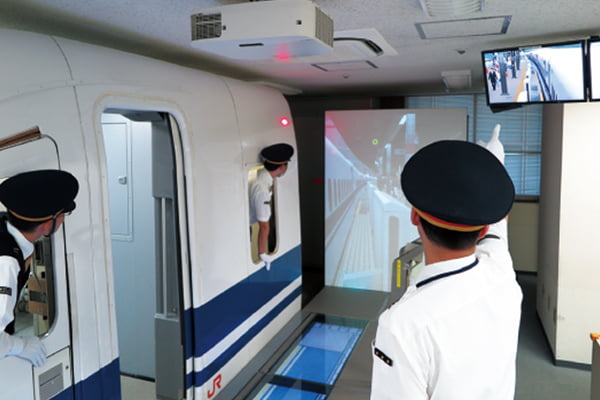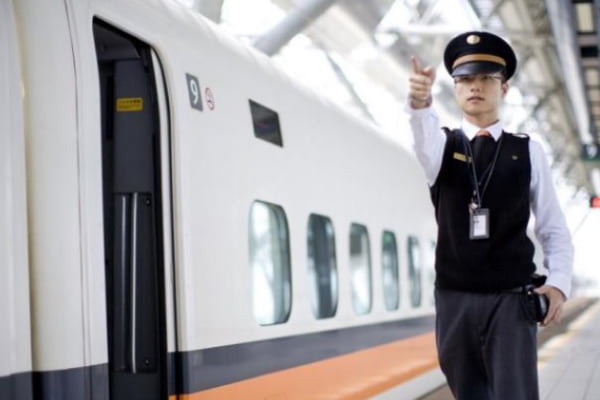The Shinkansen is a standalone system based upon the Crash Avoidance principle.
This principle is the basic philosophy dictating that any possibility of a crash be completely eliminated by means of two systems: a dedicated track for high-speed rail that is free of level crossings and an ATC system (Automatic Train Control System) that categorically prevents any crashes by controlling train speed.
The high-speed rail that has developed in Europe is based upon the concept of interoperability, which allows the track to be shared with conventional lines and freight trains. This idea emphasizes existing infrastructure utilization and network expansion.
A dedicated track completely separates the high-speed railway from freight traffic pulled by heavy locomotives and from conventional passenger traffic with lower braking performance, thus eliminating the risk of collisions with freight or conventional passenger trains.
Dedicated tracks are completely level crossing free. With no level crossings, collisions with any road vehicles including tank lorries loaded with hazardous or flammable substances can be completely eliminated.
The ATC system prevents high-speed passenger train-on-train collisions and excessive speeds.
The advanced ATC system exercises complete control over the entire dedicated track and every operating train, preventing train-on-train collisions and excessive speed.
Since the ATC is designed specifically for the use on dedicated passenger tracks, without considering interoperability, its structure is quite simple in terms of hardware, software and the handling of train crew.
The ATC system of Tokaido Shinkansen in Japan has prevented train-on-train collisions and maintained safe and reliable high-speed passenger rail service for fifty years.
